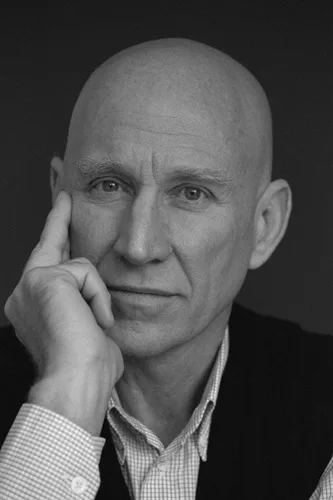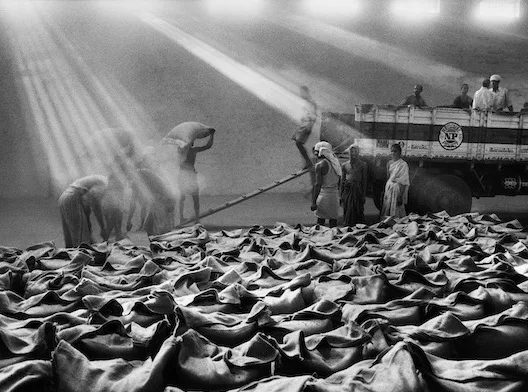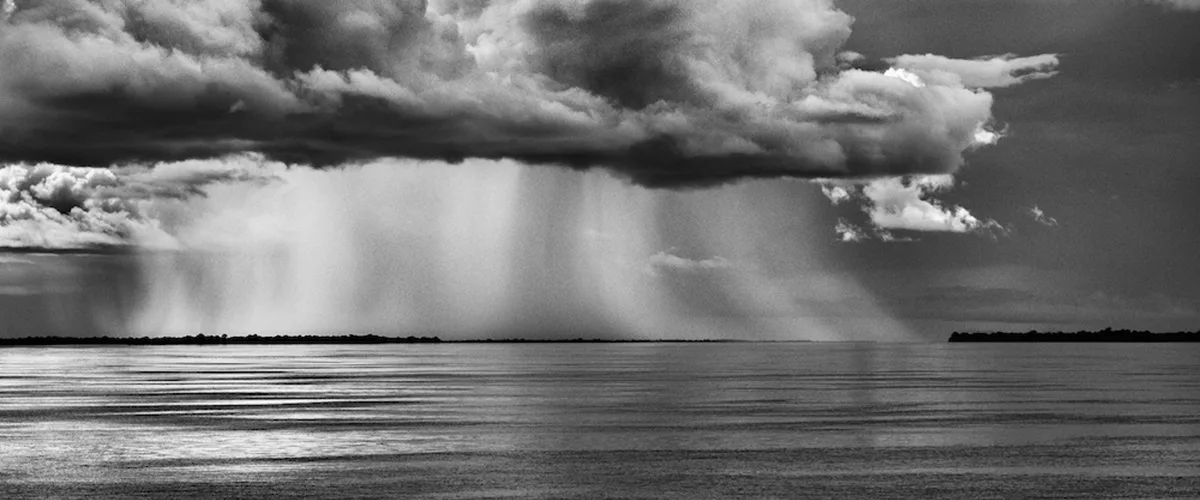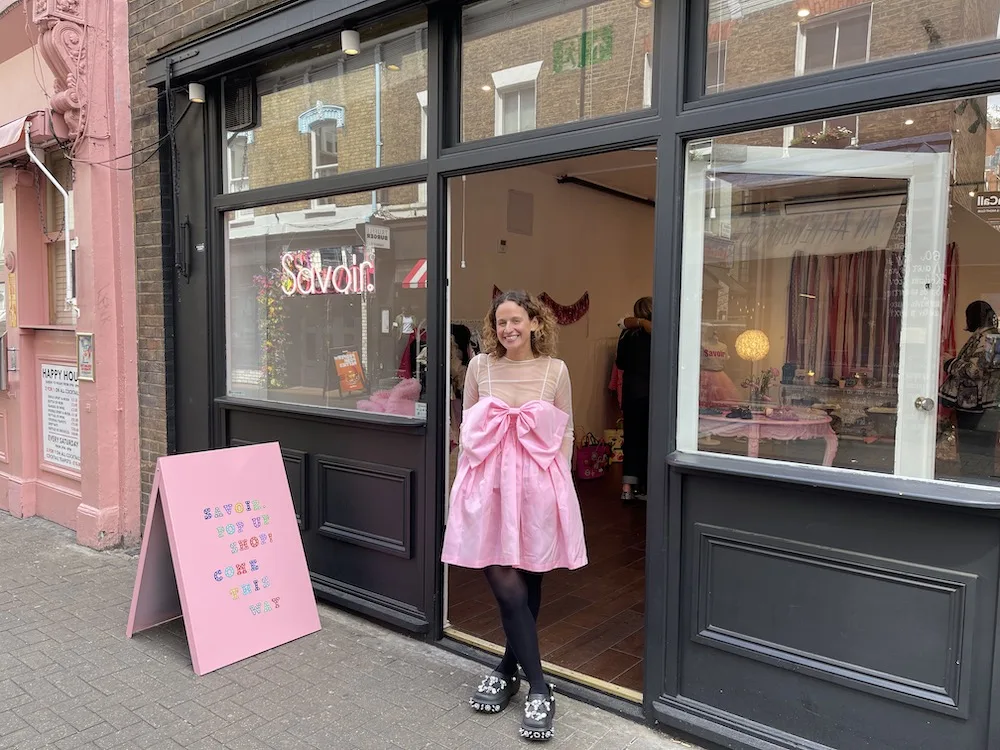Sebastião Salgado is a man of conviction, especially when it comes to Sebastião Salgado’s photography. You would have to give up a career as an economist with a doctorate from the University of Paris and a job offer from the United Nations, and decide that the world viewed through the lens of a camera is the one you want to pursue. In retrospect, Salgado was right, but at the time it was a momentous decision to make.
Now, at the age of 77 [2022] and with five decades of crisscrossing the planet to photograph his self-chosen subject matter, Salgado is looking to hang up his camera bag and concentrate on showcasing all the work he has amassed in his career through a series of exhibitions and books. Over half a century, his photographs have shed light on the plight of workers in the very worst of conditions, revealed the last pristine places for life on the planet, and documented the extremes of our lives in every corner of the globe.
He has earned multiple accolades and received widespread recognition along the way. Sebastião Salgado was awarded the W. Eugene Smith Memorial Fund Grant in 1982, given a Foreign Honorary Membership of the American Academy of Arts and Sciences in 1992, and received the Royal Photographic Society’s Centenary Medal and Honorary Fellowship (HonFRPS) in 1993. In 2001, UNICEF appointed him Goodwill Ambassador, and in 2016, he became a member of the Académie des Beaux-Arts at the Institut de France. He is rightly lauded as a world citizen who cares about the planet upon which we all reside.

Indienne Yawanawá, État d’Acre, Brazil, 2016. © Sebastião Salgado | nbpictures.com
The Natural State
His final project, Amazonia, was extraordinarily ambitious in its scope and intent; nothing less than to discover and photograph some of the last people on the planet who have yet to come into contact with what we loosely describe as the advanced world. For Salgado, the project was of particular importance; not only did it involve his home country of Brazil, but equally a consideration of what is ailing the planet as a whole. In photographing and documenting some of the last pristine and unspoiled places on earth, Salgado is hoping that the rest of humanity could learn from their example.
Sebastião Salgado believes that to a large extent, the developed world (for want of a term) has lost its way. Part of the problem with the current crisis on our planet – not only COVID but also climate change and the shift in resources across countries – is that humans have forgotten how to live in a “natural state”. As part of his economic training, Salgado learnt that the consideration about humanity and the problems of being in a state of nature go back to the debates in the 18th century in moral philosophy between David Hume and Adam Smith.

“We have lost our origins completely, we have become a kind of alien. We are living in areas where we spend increasingly more in a race to live better.”
– Sebastião Salgado
According to Salgado, the natural state is the one to which humans should return. He explained that “We have lost our origins completely, we have become a kind of alien. We are living in areas where we spend increasingly more in a race to live better. We don’t understand anymore the basic rules that guarantee the survival of our species and which were based on the idea of community, solidarity, and spirituality, on hearing the laws of nature, behaving as a function of the planet, being part of the planet.”
Visiting and recording what the tribes were telling him provided an education on how the (so-called) advanced world can return to a more natural state in tune with the planet. “We started receding the Amazon all over and as a consequence, forcefully brought these tribes into contact with Western society. They are the prime examples of humanity. We have a lot to learn from them about how to survive on our planet rather than at its expense. I believe we are both in danger and the danger. There is a way to go back, but only if we realise we need to go about things in a different way.” Salgado warns that the planet will survive the abuse we are inflicting upon it but we, humans, will not.
The question remains as to whether showing these primitive societies to ours through his work may endanger the very subject matter that he is photographing. Salgado does not think this is the case. “I don’t believe anyone, on seeing the pictures, will have a wish to go to these places, but instead, will understand the need to protect them. If that idea doesn’t come out of my pictures, then I’ve made a huge mistake.”
The Rise to Fame
Salgado rose to prominence as a photographer and as a humanitarian for his series on workers around the world. Most famously, the collection of images of a gold mine in Brazil called Serra Pelada, where the metal is carried from the mine to the surface by men with baskets on their backs, the scale of the operation reducing human beings to hive insects. It was his background as an economist that helped him to understand his subject matter. “It was the empathy for an underdeveloped culture. Economics gave me a basis for analysis, for synthesis, to go to a place and assess what was relevant for locating and finding the story that was important.”

Coffee workers, India, 2003. © Sebastião Salgado | nbpictures.com
Equally, photographing workers brought Salgado back in touch with the one product that has played a continuous role in his life: coffee. Paradoxically, Salgado does not drink coffee; he loves everything about it: the fruit, the flowers on the trees, the smell, but not the roasted liquid taste. He began work as an economist for the International Coffee Organization, often traveling to Africa on missions for the World Bank, where he first started taking photographs seriously. Later, with his career firmly established, he was invited by Illy to photograph coffee workers around the world. The project was combined with planting trees within the coffee plantations in Brazil as a conservation initiative. In the end, he spent about a decade photographing the coffee industry and the workers within them.
One of the key elements that contributes to the visual impact of his work is the continued use of black and white. The technology of the camera might have changed over these five decades, but not the monochromatic form of the world before him. Salgado started off with a Leica and moved on to medium format cameras when he was photographing Genesis, a project about the remaining pristine areas of the world.
After 9/11, there were issues with X-ray machines and film negatives, so slowly Salgado switched to digital, which became his only camera from 2008. The grainy texture that was part of black and white film is now added back digitally by a small company in France.
What Salgado appreciates about the new technology is not just the image quality, but the fact that the viewfinder can be set to black and white, “I look in black and white what will become black and white, and what I have always seen my whole life long in black and white.”
On Reflection
Despite his success as a photographer and as an environmental campaigner, he never planned the course of his life. “If you look at my body of work retrospectively, I feel there is a kind of coherence in what I’ve done as a photographer, but not as the result of any real rational choice, I just chose a way of life and my photography is the result of it.”

Churchgate Station, Bombay, 1995. © Sebastião Salgado nbpictures.com copy
The decision to become a photographer was not an easy one. At the time, back in the early 1970s, Sebastião had a good career working at the World Bank, living in London in a large apartment on Queensway (just off Hyde Park), and driving a sports car – a red Triumph TR6. He gave it all up to be a photographer. Sebastião recalls the pivotal moment: “At the beginning of October 1972, I came to London with Lélia, my wife, and we went to Hyde Park. We took one of the small boats in the Serpentine Lake, and I remember being in the middle of the lake discussing whether I was to keep my life as an economist or go into photography.” He chose the latter.
It was a decision from the heart; the emotions from seeing the world through the camera’s lens, “to see things that were amazing, beautiful, things that would strike me, and it was possible to freeze them in an image. It is a miracle; it is something compelling.” Salgado discovered photography very late. “We were in France, and I was finishing my PhD in economics when I looked for the first time in my life through the viewfinder of a camera, and my life changed forever.”
Author: Andrew Hildreth
Signed collector prints by Sebastião Salgado are available in the UK exclusively from NB Pictures. Contact: Neil Burgess at neil@nbpictures.com
@sebastiasalgadooficial
Leading image: Rio Negro, État d’Amazonas, Brazil, 2019. © Sebastião Salgado | nbpictures.com
Sebastião Salgado’s documentary photography captures the essence of human resilience and environmental urgency – a tradition deeply rooted in American photography. Discover more about this visual legacy HERE.

















Show Comments +